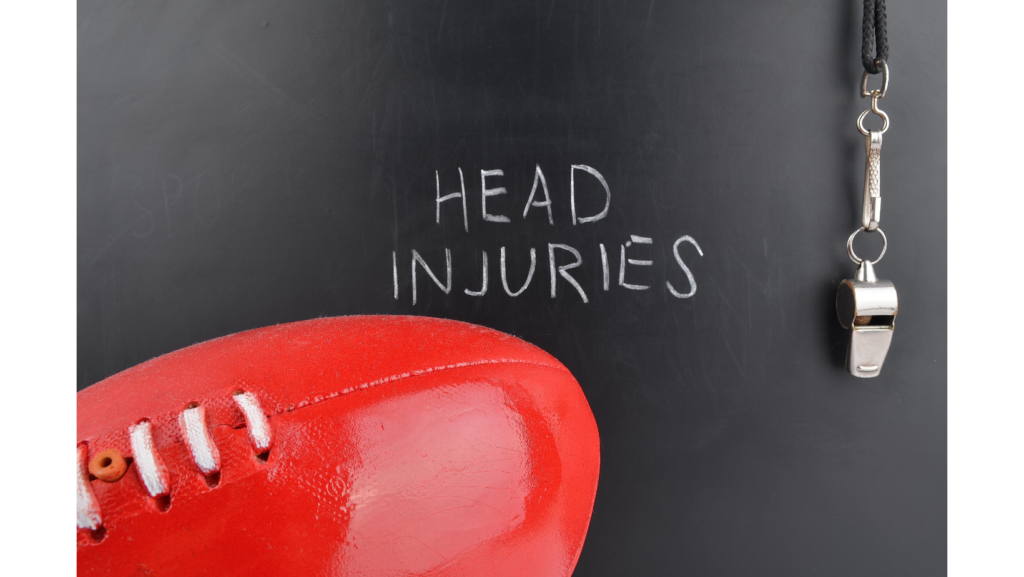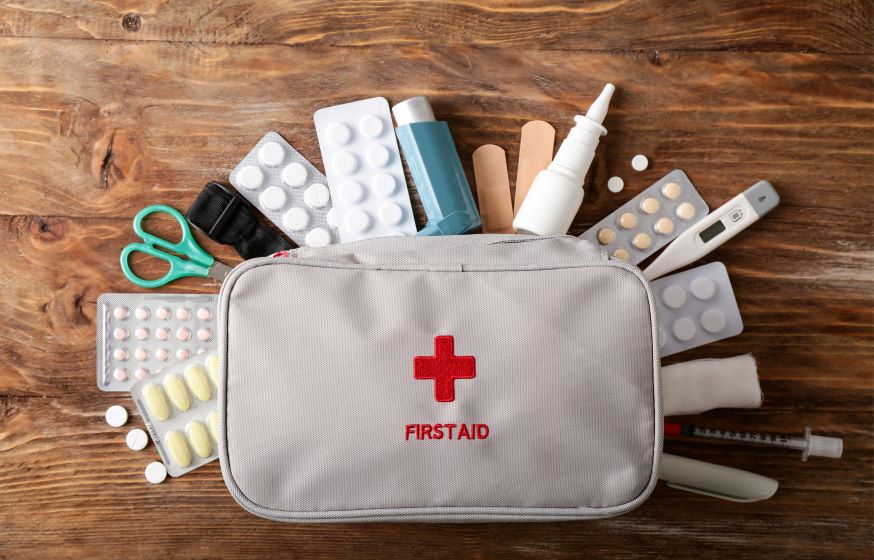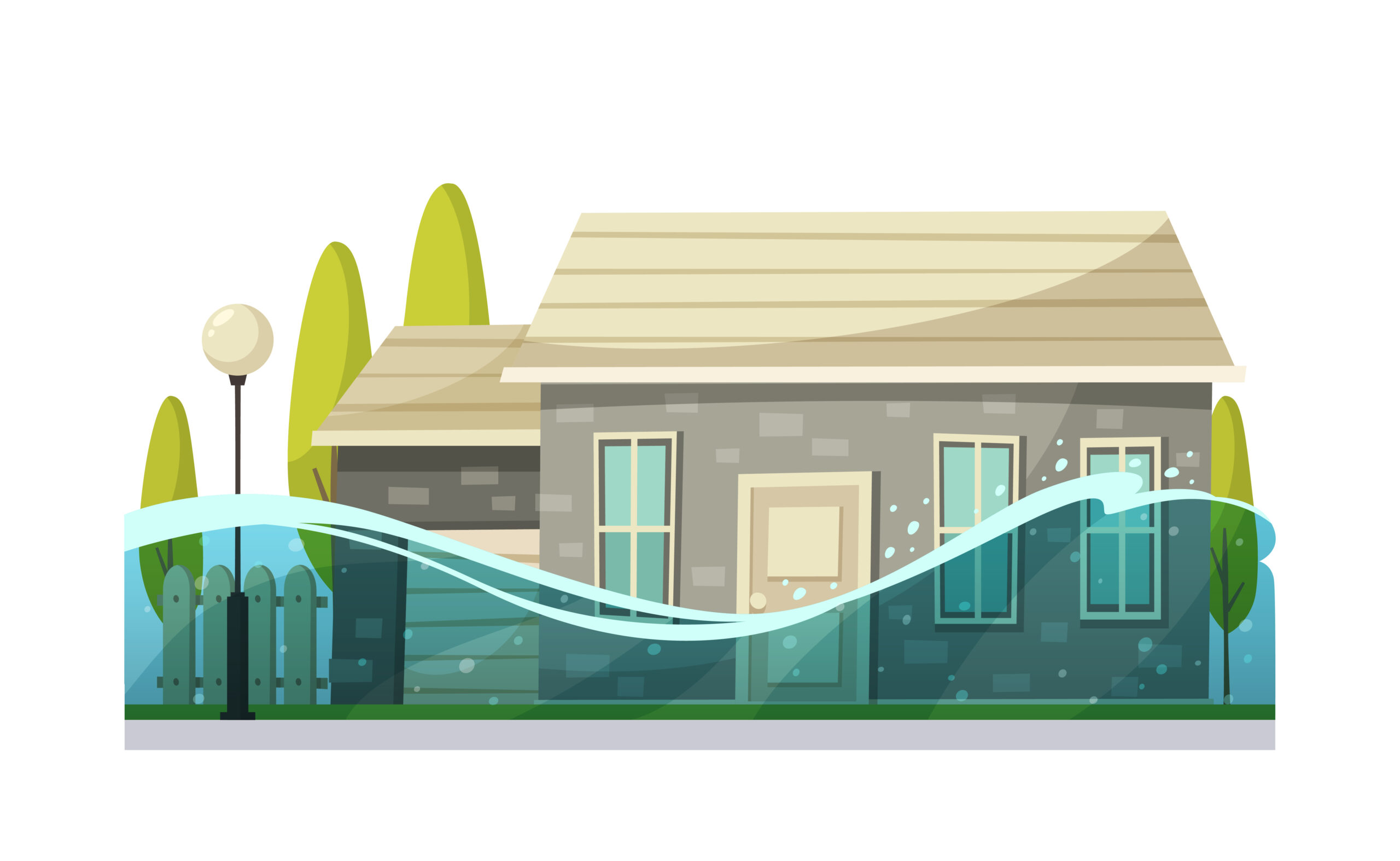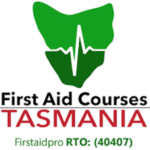A serious head can injury a range of damage , including bleeding, skull fractures, torn tissues, and brain damage. People should always take head injury seriously, as sometimes they can lead to serious long-term medical complications or even death.
In sports, a person who has received a head injury must be removed from the game immediately for assessment by a doctor or medical professional. Erring on the side of caution is essential with injuries to the head, as the potential consequences if ignoring them can be serious, or potentially fatal.
Sports-related Head Injury
An estimated 3,000 hospitalizations occurs from sports-related head injury every year. These include concussions and traumatic brain injuries (TBIs). Amongst Australian children and adolescents, a significant proportion of these types of injuries result from sports and recreational activities.
Sustaining an injury while playing on the field can range from mild physical trauma (cuts, scrapes, lacerations) to severe brain damage (internal bleeding or brain trauma). It is vital to recognize and differentiate a superficial injury from a major one to provide the proper medical assistance in such situations.
Many people regard mild head injuries as self-correcting, with symptoms lasting only a few days. However, recent research has show this is not always the case – and in fact that recurring minor impacts to the head (from a blow or jolt) are significant in the long run if left without treatment.
Signs And Symptoms
Head injuries can affect many different parts of the head – including the brain, the scalp, the skull, or the blood vessels. This damage could be internal or external – or both!
External injuries could involve cuts, grazes or bruising, while internal damage could involve a fractured skull, or bleeding within the cranium.
The appearance of blood may not be a reliable indicator of how bad a head injury might be. Apart from apparent external wounds, other symptoms may include:
Altered Consciousness
The person may lose consciousness for a certain period or feel tired or confused. In some cases, they may also experience a brief seizure. These symptoms can sometimes improve for a while, and then deteriorating later on – so symptoms lessening is not a sure sign all is well.
Deformation Of The Skull
A dent or deformation of the skull from an impact or blow can be a sign of skull fracture and very severe injuries. In such cases, surgical intervention is often needed to help repair the damage to the skull.
Clear Fluids (From The Nose, Ears)
A skull fracture, particularly in the base area, can cause the cerebrospinal fluid (from the brain and spinal cord) to leak from the nose and ears. This is very serious, and you should seek medical attention and assessment as soon as possible.
Bruises And Black Eyes
The appearance of bruises behind the ears and having black eyes indicate severe internal damage. The force of the blow was sufficient to tear the blood vessels surrounding the eyes and ears.
Vision Changes
Note that the pupil of the eyes may be enlarged or dilated. The person may also experience double or blurry vision.
Nausea And Vomiting
Nausea and vomiting are common side effects of a severe head injury. If these symptoms persist or grow worse, you should seek medical attention at once.
First Aid For Head Injury
Head injuries require immediate treatment as there may be damage to the brain. Symptoms may not be evident in some instances and could appear hours or days after the injury.
Types of head injuries such as concussion, compression, or skull fracture may be complex for a first aider to determine or differentiate.
Therefore, all injuries to the head follow the same first aid treatment.
Assess The Patient
Do a patient assessment and check whether the person is fully conscious or unconscious.
For A Conscious Patient:
Encourage the victim to stay still and minimize any movement involving the head or neck. Ask what they are feeling and do a checklist of the above symptoms.
For An Unconscious Patient:
Do not move an unconscious victim unless there is an immediate risk or danger. Further movement may only cause more damage to the head or spine, and could make matters worse.
It’s worth assuming that if the head suffers an injury, the neck is likely be injured too.
In cases where there is a severe head injury, always call Triple Zero (000).
Give First Aid Until The Arrival Of The Ambulance
If necessary, perform wound care and stop the bleeding with a sterile dressing. If there is any discharge coming from the nose or ears, cover the area with a clean cloth. Try to control any bleeding as quickly as possible.
For a suspected fractured skull, use a bandage to cover the wound. Make sure to do it without applying pressure. Do not attempt to remove any foreign object as it might cause more trauma than simply leaving it in place – bandage around it as much as possible, trying not to touch it.
Monitor The Patient’s Condition
Continue to monitor the casualty until help arrives and observe any changes in the level of response. Check for breathing and prepare to administer CPR if necessary.
For minor head injuries, follow the RICE method. Rest, apply ice to the area of swelling, compression, and elevation.
In a suspected minor head injury, apply ice to the area of swelling, and observe the person for at least 24 hours. There may be a delay in symptoms in some cases of severe head trauma. If they show signs of a more serious injury, seek medical assistance as soon as possible.
Conclusion
A severe head injury is a medical emergency. It is best to take the person to the nearest hospital if there is bleeding or suspicion of damage to the brain or spine.
For mild head injury, taking a rest and receiving first aid treatment may be sufficient. However, the person should be carefully monitored over the next day, it is best to seek medical advice if any signs or symptoms of more serious injury begin to show.
Learning to recognize to severity of an injury to the head and provide basic first aid for such an injury can potentially save someone’s life. Consider getting first aid training for people at home and in the workplace.
First aid training teaches participants how to recognize symptoms, manage headaches, and seek medical help.








